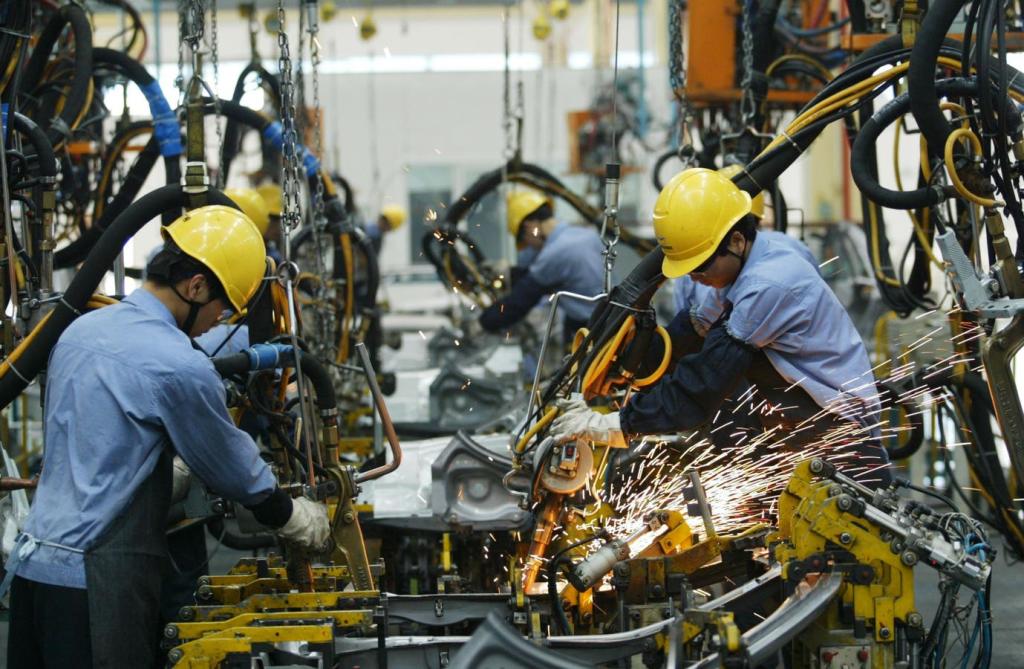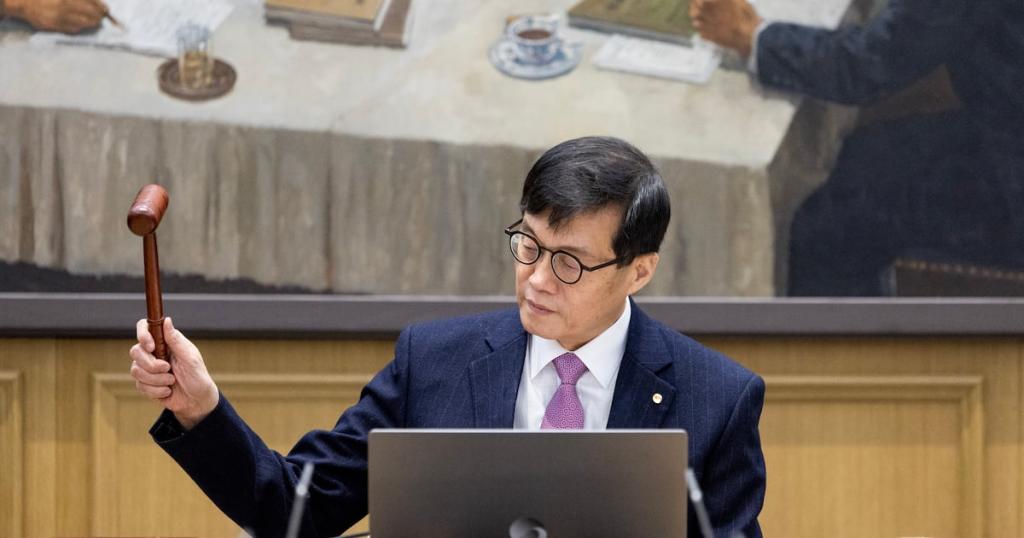UK Inflation Holds Steady at 2.2% Amid Price Fluctuations
Explore how UK inflation steady at 2.2% reveals key insights into price fluctuations and economic stability, shaping future monetary policy.

Key Points
- UK inflation held steady at 2.2% in August, driven by rising air fares and offsetting lower fuel costs.
- Service sector inflation increased to 5.6%, reflecting underlying price pressures within the economy.
- The Bank of England
may pause further rate cuts amid stable inflation, despite economic growth challenges.
The UK economy recently showcased a remarkable resilience as inflation rates stabilized at a commendable 2.2% in August. This figure remained consistent with July's rate, defying the predictions of a more volatile financial landscape. The latest data from the
(ONS) serves as a beacon for both policymakers and citizens, heralding a phase where price fluctuations counterbalance one another, creating a relatively stable economic environment.
Understanding the Current Inflation Dynamics
The 2.2% inflation rate, while slightly above the Bank of England's (BoE) target of 2%, reflects an ongoing balancing act within various sectors of the economy. Particularly noteworthy is the surge in air fares, which saw an impressive month-to-month increase of 22.2% from July to August, offsetting declines in other areas such as fuel prices and dining costs. Such fluctuations illustrate how interconnected economic factors can lead to overall stability or instability in inflation rates.

A Closer Look at Service Sector Inflation
Service sector inflation is a critical indicator indicating internal price pressures and it rose to 5.6% in August from 5.2% in July. This jump, driven primarily by rising air fares for European routes, reflects broader consumer behavior and spending patterns. Facilitative of this is the gradual decrease in costs for essentials like fuel and household expenditures, which are vital for maintaining consumer confidence and spending power.
The Implications for Monetary Policy
With inflation holding steady, analysts are keenly observing the upcoming policy decisions by the Bank of England. The central bank had reduced interest rates to 5% in August—the first cut in over four years. Economists anticipate that this stable inflation will reassure policymakers, making it less likely for immediate rate cuts to occur in the upcoming meeting. Instead, signs suggest that any further easing may occur later in the year.
Economic growth forecasts remain modest, with the BoE predicting 0.4% growth for the upcoming quarter. This growth is stymied by declines in manufacturing and construction sectors, highlighting the necessity for a careful balance in monetary policy that fosters growth while controlling inflation rates.
The Role of Consumer Prices in Economic Recovery
As families across the UK grapple with the effects of previous high inflation rates, the current stability is a breath of fresh air. But the reality remains; many households still feel the pressure of elevated prices compared to four years ago. Darren Jones, Chief Secretary to the Treasury, emphasized the importance of managing inflation, stating the government’s commitment to fixing the economic foundations to enhance prosperity across the nation.
Looking Ahead: The Broader Economic Picture
The combination of stable inflation rates and the fluctuating prices in specific sectors nudges us towards optimism, albeit with caution. As the situation continues to evolve, economic stakeholders will remain focused on managing the delicate balance between stability and growth. It is crucial for the public to stay informed and prepared for potential adjustments in financial conditions, as government policies will likely shift to maintain this equilibrium.
Ultimately, the resilience shown in holding inflation steady amidst various pressures is commendable. The current environment not only reflects the complexities of economic indicators but also the adaptability of consumers and businesses alike. With ongoing monitoring and adjustments, there is potential for further economic strengthening as we navigate through these transformative times.


